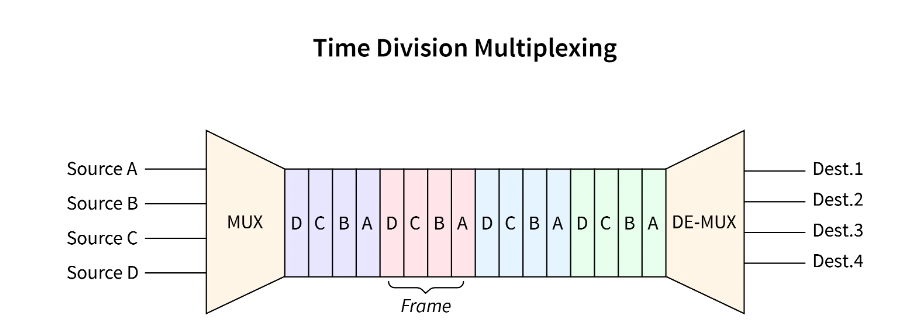What is Time Division Multiplexing
This week we used time multiplexing to drive a seven segment display. However before I attempted or to be honest fully understood the lab I researched time division multiplexing. Looking at the diagram below, you can see how time division multiplexing generally works. The source transmits multiple packets or frames of input data using a mux and then based on an input signal to the demux it sorts them in the right outputs. This makes an efficient way to transmit and recieve independant signal over a commong single path. During my research it reminded me of morse code, where we have the operator on one side who has a message and then turns it into a series of long and short pulses (0’s and 1’s) and then send it to the opeartor on the other side through a single wire. The operator on the other side then acts as the demux configuring it back into a message.

In this lab, we used this idea generally, allowing us to send a double wide signal through a single path and then decoding it based on the timing on the other side. One real life example that I had never thought about was telephone calls. They use the same process of time multiplexing to send multiple calls using one wire. I am sure I will begin to see this everwhere now!